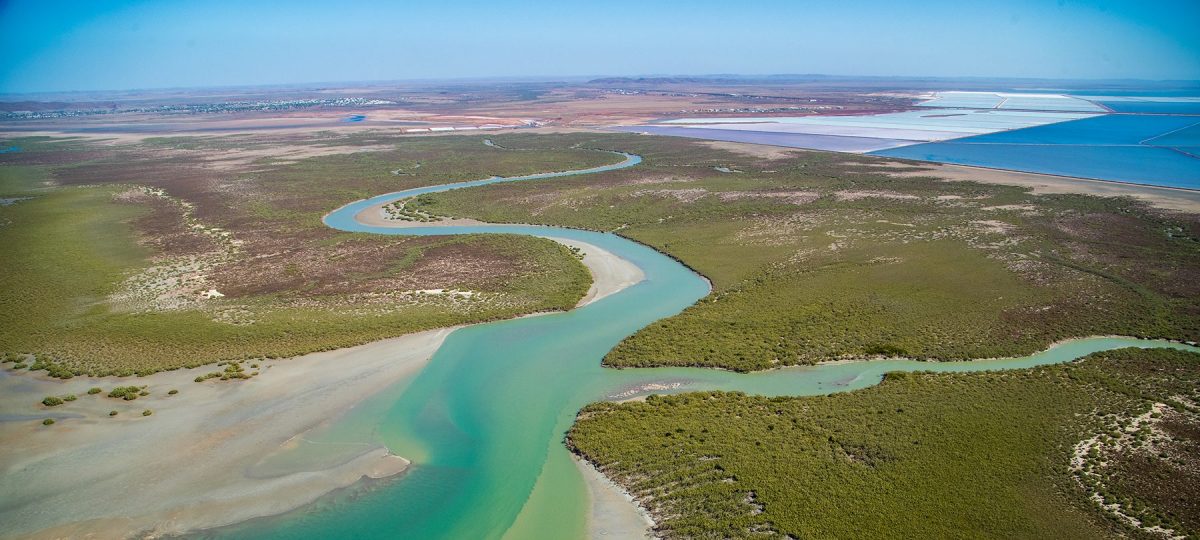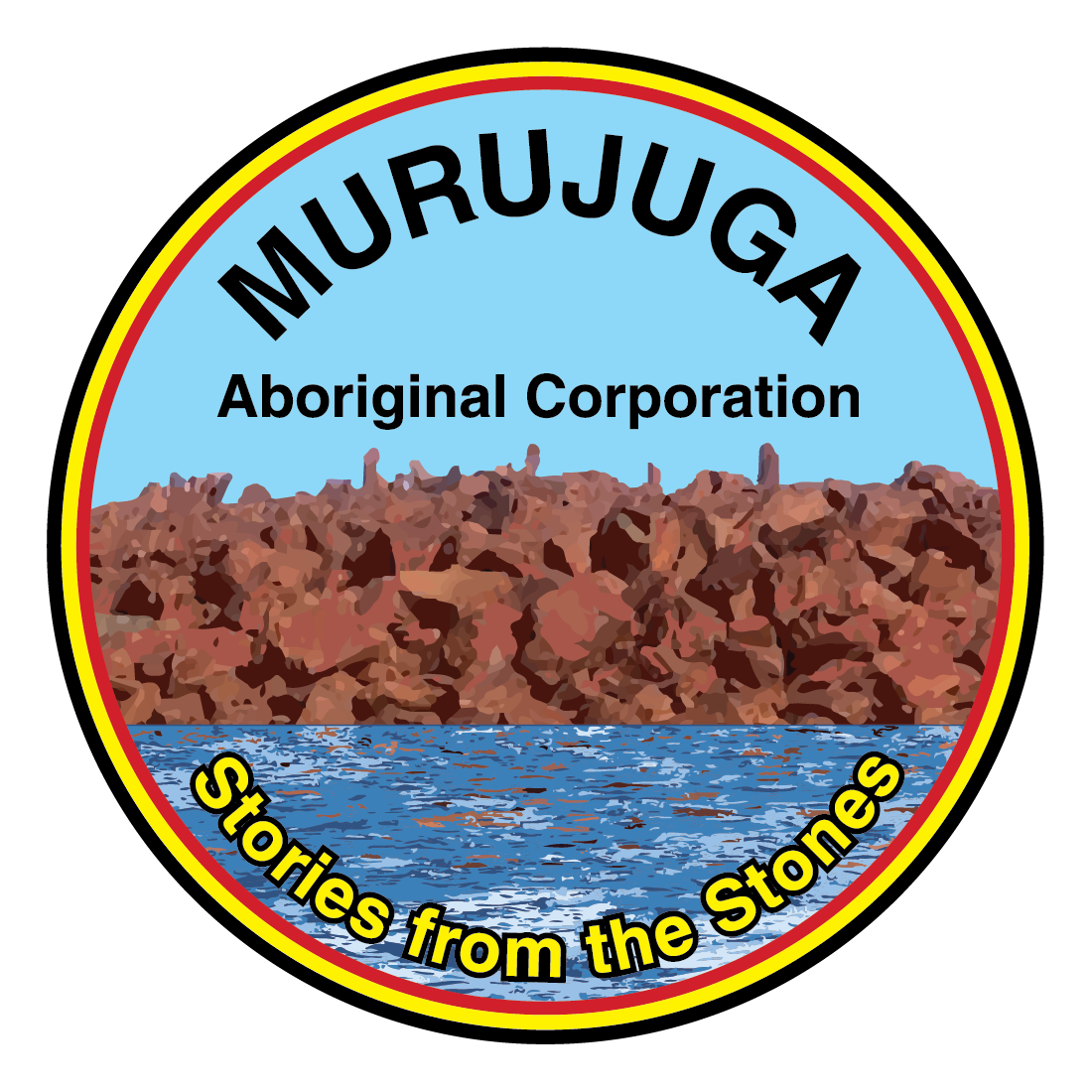
The McGowan Government has made an $150 million tourism package investment to support Western Australia’s tourism sector as it responds to the impacts of COVID-19, as part of the WA Recovery Plan.
Many of the State’s natural icons are set to undergo major improvements, which will create a pipeline of jobs, help get people back into work, and people out visiting the WA attractions and supporting local businesses.
Western Australia’s most iconic natural attractions and tourism drawcards – including Kings Park, Margaret River, Karijini National Park, Monkey Mia, the Pinnacles, Rottnest Island and Ningaloo – are among many destinations to benefit from the $150 million package.
Key tourism attractions across the State will be enhanced – with construction to begin on new visitor facilities, camp sites, trails, jetties, boardwalks, and other amenities and infrastructure.
The comprehensive program also includes affordable airfare packages, enhancements for Aboriginal cultural tourism, road improvements for better access to destinations, and support to bring unique and innovative attractions to WA.
Premier Mark McGowan, Tourism Minister Paul Papalia and Environment Minister Stephen Dawson launched the wide-ranging program today in Mandurah.
The tourism recovery package will create jobs in a wide range of industries, with capital works programs to begin right around the State with regional WA, in particular, to see significant benefits from the program.
The improvements will ensure the local industry is better placed than ever to capitalise on the future return of out-of-State tourists – while continuing to build on the strong intrastate market of locals now travelling in WA instead of overseas or interstate.
Western Australians have responded positively to the McGowan Government’s Wander Out Yonder campaign, with destinations around the State reporting strong numbers since regional border restrictions were relaxed.
The $150 million investment will see scores of tourism-focused projects and initiatives getting underway, including a new $10 million café and function centre at Perth Zoo and more than $1 million of improvements at Kings Park.
In the Peel region, visitors and residents will be able to benefit from $950,000 worth of infrastructure works including upgrades to the timber boardwalks and paths, and visitor facilities in national parks across the Peel hills and coastal region including buildings, trails, camp sites and roads.
The Bibbulmun Track and Munda Biddi Trail, which runs through the Peel, will also benefit from a $1.19 million upgrade which includes the renewing of camp sites, bridges and sections of the track.
These investments complement the $25 million for the Healthy Estuaries WA program for improvement works in estuaries across regional WA, including the Peel Harvey system – announced as part of the Green Jobs Plan component of the WA Recovery Plan.
Aboriginal cultural tourism experiences will be boosted with the $3.84 million development of three ‘Camping with Custodians’ sites at Dampier Peninsula near Broome, while a $10 million access road will open up the Pilbara’s Murujuga National Park and support the development of the Living Knowledge Centre.
Rottnest Island’s ageing water supply and road network will be overhauled with a $31 million investment to meet sustained visitor growth and increased business activity since 2017.
Millions will be spent developing trails and ‘trails towns’ around the State to service existing and new trails to attract more visitors to national parks. In addition to walking trails there is $20 million for bike trails in Kalamunda and Mundaring in the Perth Hills, and regional WA including Albany, Denmark, Mount Barker, Plantagenet, Pemberton and Margaret River.
The investment includes $9 million towards regional air travel – consisting of the $6 million Regional Aviation Recovery package to support airlines’ partnerships to tourism destinations, and the $3 million regional aviation support package to ensure minimum services.
A $1 million investment in the Tourism Attractions Case Management framework will help attract unique and innovative attractions to the State.
Source: Government of Western Australia
